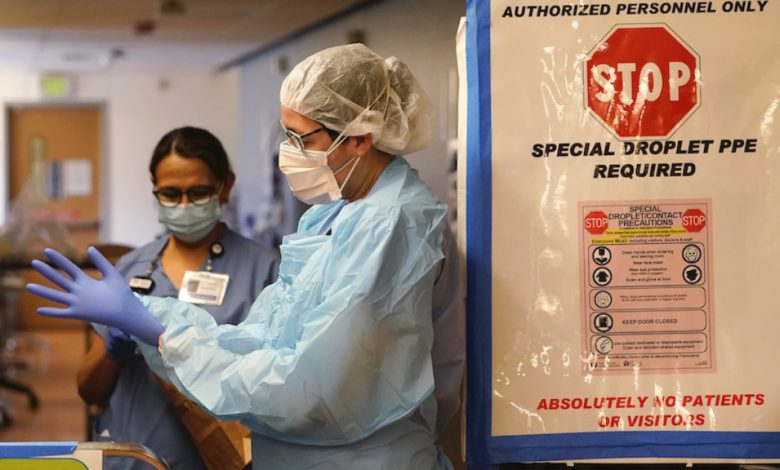
COVID-19 variants continue to comprise more of the active cases in the U.S.
According to CDC data, in Michigan, variant cases make up 46.4 percent of active cases; in Colorado, 42.7 percent; in Florida, 45.4 percent, and in California, variants of the coronavirus make up 67.4 percent of active cases right now.
The most prominent variant in the U.S. is the B117 variant, which was found in the U.K. The CDC says B117 can spread over longer distances and can cause more extreme versions of the side effects we already know about.
“It is clearly more contagious, and it is likely to be more deadly. Because it is more contagious, more people are getting infected than would have gotten infected normally,” said Paul Offit, director of the vaccination center at the Children’s Hospital of Philadelphia.
As that variant continues to spread, researchers say it is affecting children, teens, and young adults at a higher rate than before.
“Not all schools are equally good at certain mitigation strategies for masking and social distancing, so I think all those things are combining to make it somewhat more common in children,” said Offit.
“It’s not that kids are more impacted. It’s just now that they are impacted,” added Michael Osterholm, director of Infectious Disease Research at the University of Minnesota.
Outside of in-person schooling, and more lenient COVID-19 regulations in some states, researchers say COVID-19 variants are affecting kids more because they are the lowest on the vaccine totem pole.
CDC data shows 55 percent of seniors in the U.S. have been fully vaccinated and 75 percent have received their first dose, so naturally, a larger portion of cases will move to populations that are not already protected.
“I think a lot of people don’t realize just how much disease there has been in younger people,” said Gigi Gronvall, a senior scholar at John’s Hopkins University Hospital.
To mitigate effects from COVID-19 variants, the same rules apply, according to experts: social distance, sanitize, and mask up as more states start to make children, teens, and young adults eligible for the vaccine.








